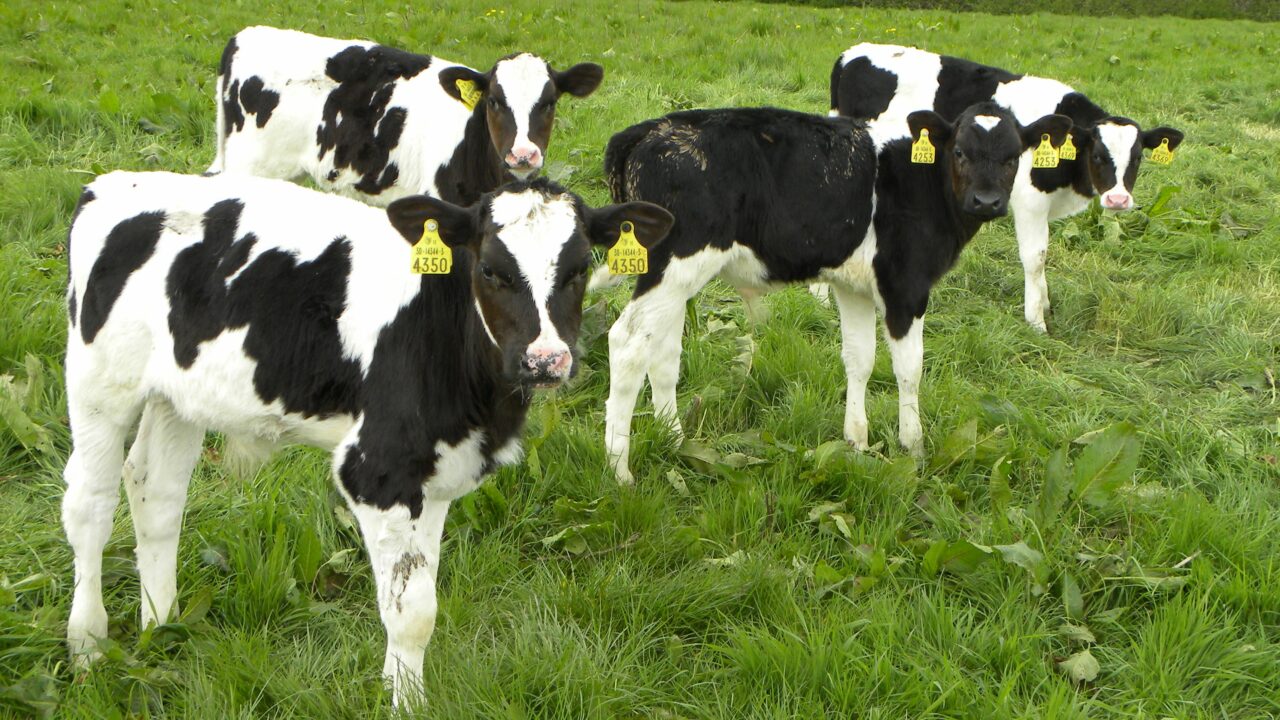The news that the Ulster Farmers’ Union (UFU) has reached an agreement with the Northern Ireland Meat Exporters Association (NIMEA) to ban Persistently Infected (PI) cattle from slaughter plants is a major step on the road towards the final eradication of Bovine Viral Diarrhoea (BVD) in the North and across the island.
This is firm evidence to the effect that the livestock industry, across the board, is genuinely serious in tackling the BVD problem.
But surely there is an even more significant role, which the Department of Agriculture, Environment and Rural Affairs (DAERA) can play in helping to eradicate BVD.
It was obvious from the outset that the decision not to make the removal of PI calves a mandatory requirement of the BVD eradication initiative would be the weak link within the entire project. And so it has proven to be.
In truth, their existence makes a mockery of the entire programme, as they represent a source of BVD infection for the herds in which they reside and the cattle population as a whole.
The experts keep telling us that BVD can be eradicated. This is an extremely worthwhile and laudable objective.
Freedom from the disease will both improve the welfare status of our entire cattle population while ticking yet more boxes with export customers who would consider buying our beef and dairy products.
It should also be made mandatory for vets to test the dams of PI calves, thereby identifying further sources of the disease.
To his credit the farmer union’s deputy president Victor Chestnutt has been to the fore in calling for more comprehensive control BVD measures. Let’s hope the officials at DAERA heed these calls.
To those farmers who have sought to keep PI animals within the production chain, I have a very straightforward message: You are fooling yourselves.
All the research clearly shows that BVD infected animals will not thrive and they won’t reach their growth targets.
Moreover, BVD is a highly infectious disease. One animal can act as a source of infection for many more, within a short period of time.
